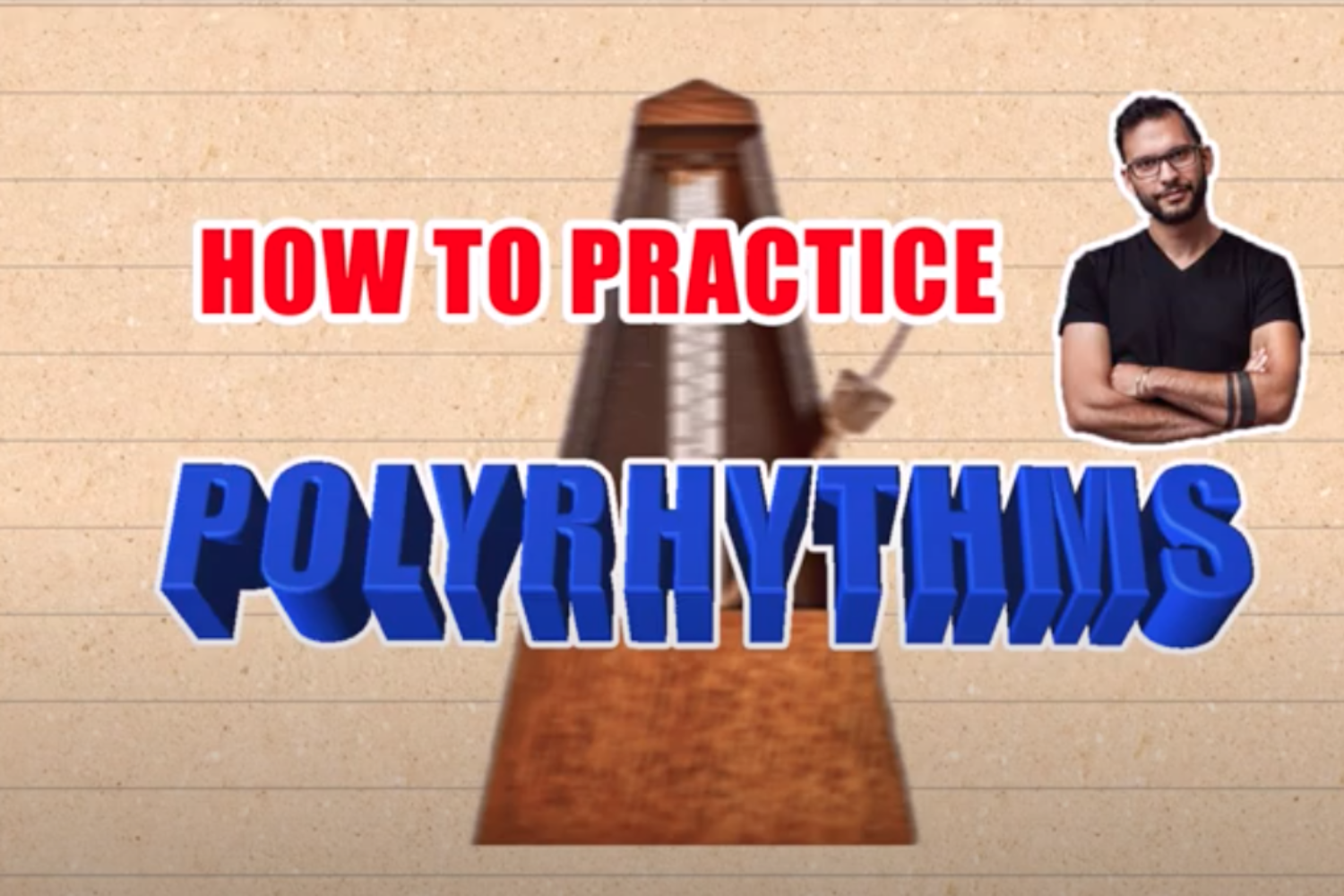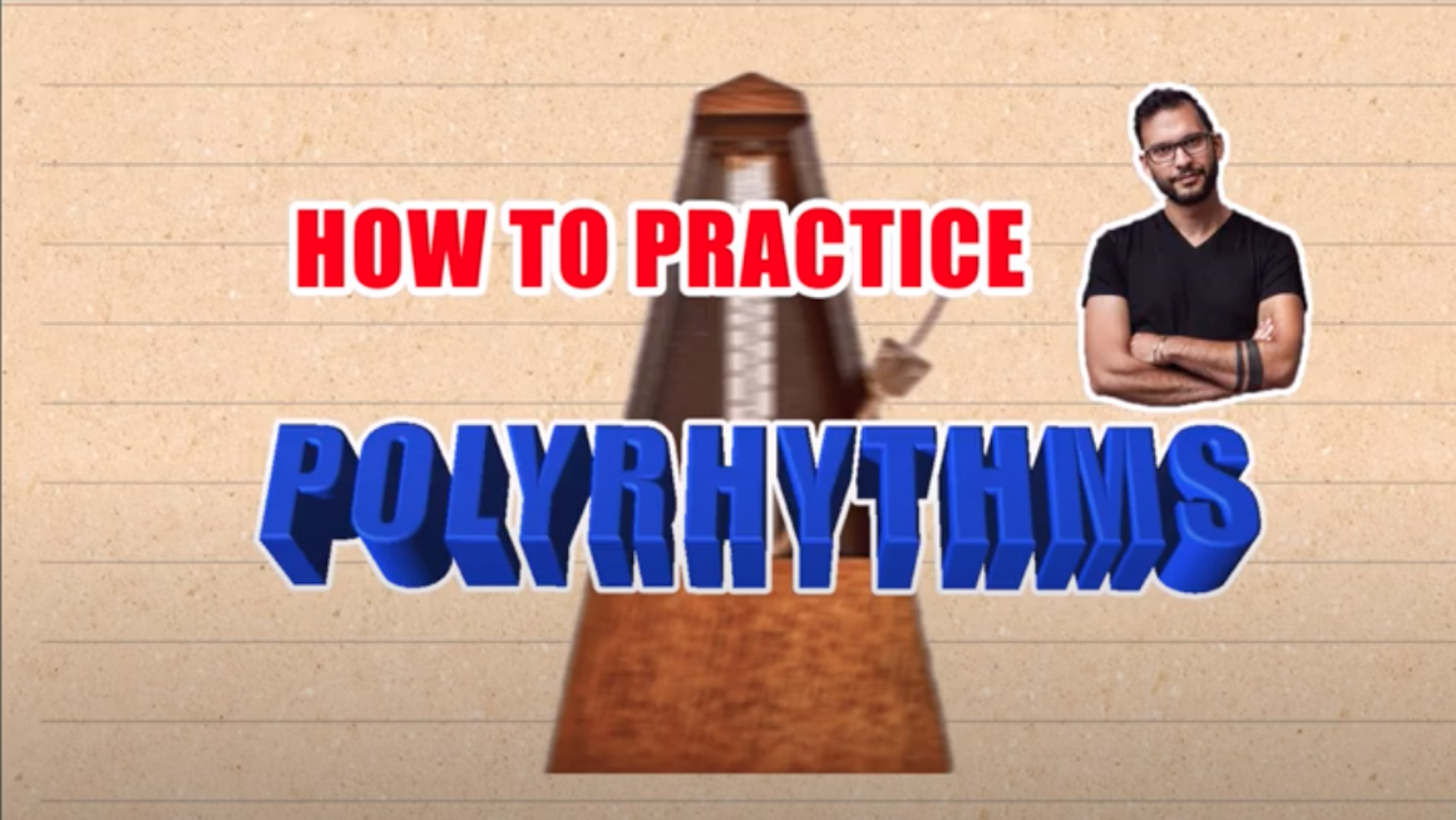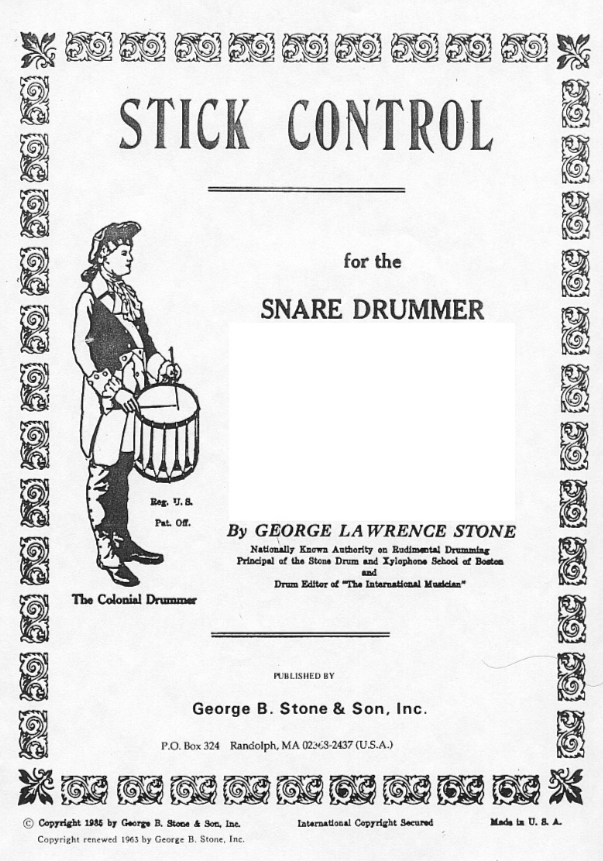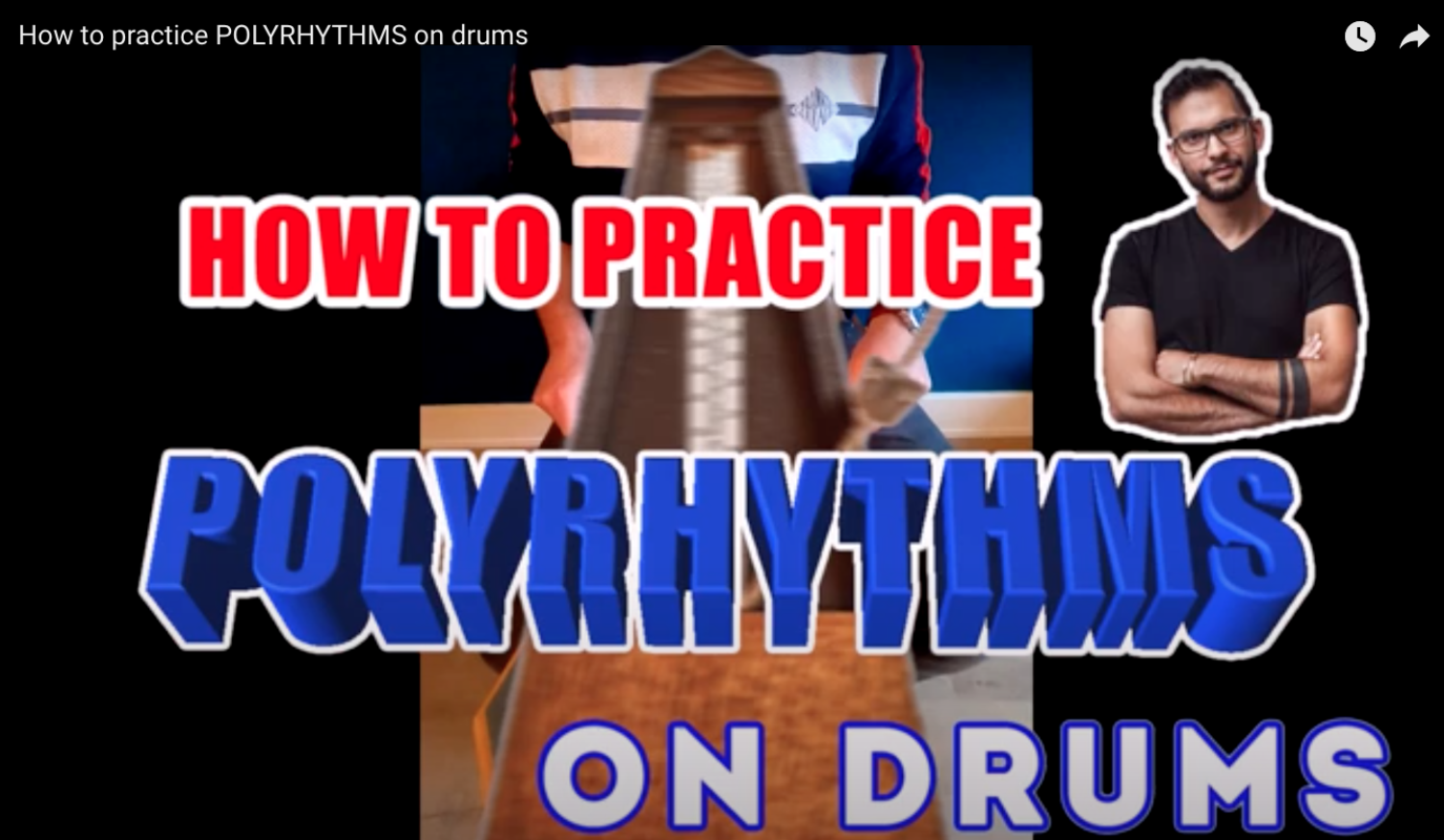In this article, you’ll learn what polyrhythms are and how you can effectively practice them. You will learn how to get an overlaid rhythm with a step-by-step system that will teach you how to handle the main subdivisions.
The word polyrhythm indicates the simultaneous use of two or more rhythms not perceived as deriving from one another.
Yes, because it is possible to overlay different rhythms at the same time and switch from one to the other without losing the grounding to the original one.
In order to obtain a polyrhythm, two factors have to interact: subdivision and grouping. When applying a different grouping to a certain subdivision, a new pulse comes out. If played alone, that pulse sounds independent, but actually, it maintains a strong relation to the core rhythm.
In the next video, I explain how to get an overlaid rhythm. The system is pretty simple but requires good practice in order to be mastered.
Check it out:
Now that we know how to get an overlaid rhythm, we can build a practice routine. To do this, we go to our best friend: the practice pad! It’s a perfect way to get acquainted with a new challenge.
In the video below, I merged two topics. Since we need to choose 1 grouping and with that go through different subdivisions, I decided to use groups of 4 and to play them with a paradiddle sticking. Of course, you can choose every combination you like the most. Personally, I recommend picking one from ex. 1 to 8 from the almighty Stick Control.
The next step was choosing the subdivisions. I chose 16th notes, quintuplets, sextuplets, and septuplets.
This exercise has the following form:
- 1 bar 16th notes with single strokes
- 2 bars of the same with paradiddle sticking
- 1 bar quintuplets with single strokes
- 2 bars of the same with paradiddle sticking
- 1 bar sextuplets with single strokes
- 2 bars of the same with paradiddle sticking
- 1 bar septuplets with single strokes
- 2 bars of the same with paradiddle sticking
This is the result:
Discover more from Moreno Maugliani
Subscribe to get the latest posts sent to your email.



